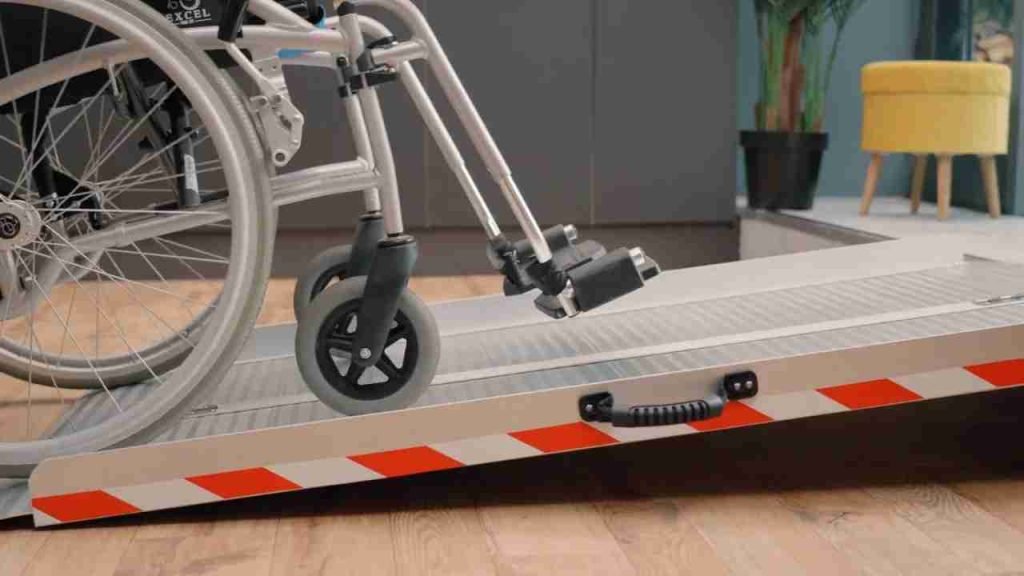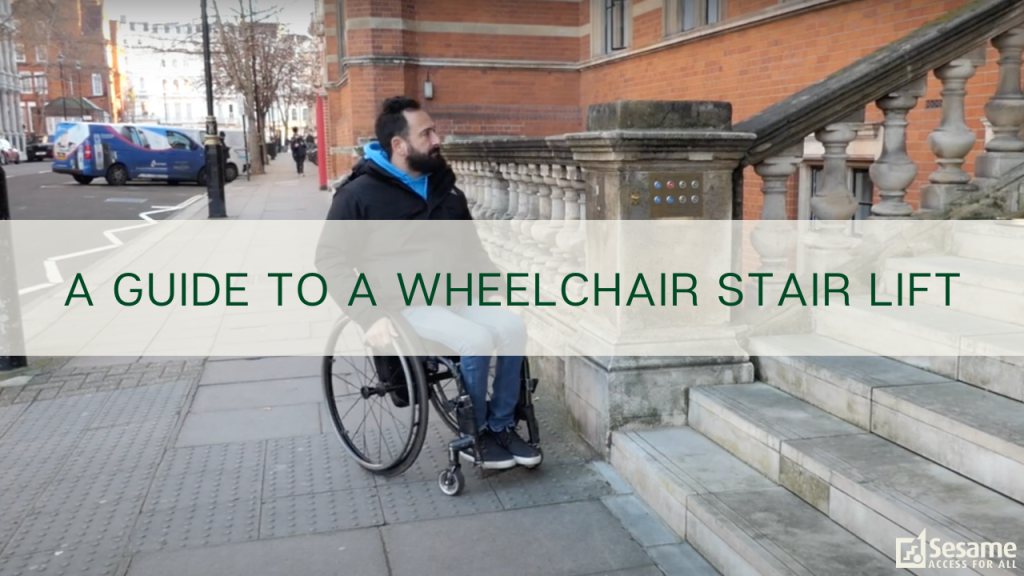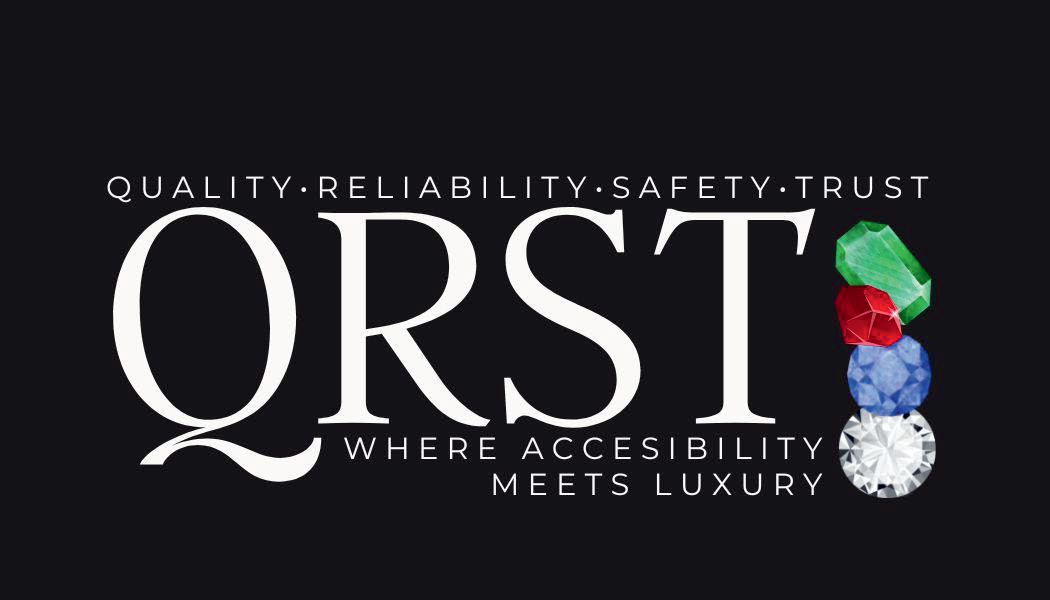Welcome to the crossroads of accessibility in Virginia, where the choice between wheelchair lifts and ramps becomes a pivotal decision in shaping inclusive environments. In our exploration, we navigate the diverse landscapes of options available to enhance mobility. Whether you’re a business owner aiming for an inclusive space or an individual seeking the most practical solution, this guide is your compass. With the help of QRST Wheelchair Transportation, join us on this journey to empower your choices, ensuring that accessibility becomes not just a feature but a seamless and personalized experience for everyone in the vibrant state of Virginia.

We delve into the considerations, benefits, and challenges of wheelchair lifts and ramps, unraveling the nuances that make each option unique. From installation logistics to cost-effectiveness, we’ll guide you through the intricacies of these choices, ensuring that your decision aligns seamlessly with the specific needs of your space or personal mobility requirements in Virginia’s dynamic accessibility landscape, including comprehensive insights into wheelchair transportation in Virginia.
Understanding Wheelchair Lifts: Considerations and Benefits
Embark on an exploration of wheelchair lifts, delving into the considerations and benefits that make them a significant aspect of ensuring safe and comfortable transportation for wheelchair users. From vertical platform lifts to inclined platform lifts, understanding the diverse options available ensures informed decision-making for businesses and individuals alike. Explore the unique features, space requirements, and ease of use that distinguish wheelchair lifts, shedding light on why they are a preferred choice in certain contexts.
Navigating the Challenges of Wheelchair Lift Installations
While addressing safety belt and harness problems in wheelchair transportation is crucial, it’s essential to acknowledge that wheelchair lifts, despite their valuable benefits, can pose installation challenges. This section explores the intricacies involved in installing wheelchair lifts, delving into logistical considerations, space requirements, and potential modifications to existing structures. By understanding these challenges, businesses and individuals can proactively plan and create an inclusive environment without unexpected obstacles.

The Unique Nuances of Ramps: Considerations and Advantages
Shift the focus to door-to-door vs. curb-to-curb wheelchair transportation, uncovering the unique nuances that define their considerations and advantages. From portable ramps to permanent installations, explore the flexibility, cost-effectiveness, and aesthetic aspects that set ramps apart as a practical accessibility solution. Understanding these nuances is crucial for making informed decisions that align with the specific needs of a space or individual.
Overcoming Challenges in Implementing Wheelchair Ramps
While ramps offer flexibility, challenges can arise during their implementation. This section addresses common challenges such as space constraints, slope requirements, and compliance with regulations. By providing insights into overcoming these challenges, businesses and individuals gain a comprehensive understanding of the practicalities involved in successfully incorporating wheelchair ramps.
Comparing Installation Logistics: Lifts vs. Ramps
Directly compare the installation logistics of wheelchair lifts and ramps. Delve into the time, labor, and space requirements for each option, allowing for a nuanced assessment of the practicalities associated with implementing either solution. This comparison serves as a valuable guide for decision-makers seeking a solution that aligns seamlessly with their specific accessibility goals.
Cost-Effectiveness in Accessibility Solutions: A Comprehensive Analysis
Navigate the financial landscape of wheelchair accessibility solutions with a comprehensive analysis of the cost-effectiveness of lifts and ramps. Uncover the initial investment, maintenance costs, and long-term benefits associated with each option. This analysis empowers businesses and individuals to make financially informed decisions that optimize accessibility without compromising budget considerations.
Tailoring Solutions to Specific Accessibility Needs in Virginia
Consider the unique accessibility needs in Virginia, exploring how wheelchair lifts and ramps can be tailored to address the distinct challenges posed by the state’s diverse landscapes and structures. From historical sites to modern urban spaces, understanding and adapting solutions to the local context ensures effective and culturally sensitive accessibility measures.
The Role of Wheelchair Accessibility in Business Environments
Examine the pivotal role of wheelchair accessibility in business environments. From complying with regulations to enhancing customer satisfaction, this section explores how businesses can benefit from prioritizing accessibility. Understand the positive impact on brand image, customer loyalty, and legal compliance, reinforcing the significance of thoughtful accessibility solutions.

Personal Mobility Choices: Finding the Right Fit for Individuals
Shift the focus to individuals, exploring how personal mobility choices play a crucial role in finding the right accessibility fit. Delve into the considerations that individuals must take into account, from lifestyle preferences to the level of independence desired. This section offers insights for individuals navigating the decision-making process for their personal mobility solutions.
Legal and Regulatory Considerations in Wheelchair Accessibility
Navigate the legal and regulatory landscape surrounding wheelchair accessibility. Explore federal and state regulations, ensuring compliance with standards such as the Americans with Disabilities Act (ADA). Understanding the legal framework is essential for businesses and individuals to avoid potential legal issues and to create environments that prioritize inclusivity.
Future Trends in Accessibility Solutions: What to Anticipate
Anticipate the future of wheelchair accessibility solutions, exploring emerging trends and innovations. From advancements in technology to evolving design concepts, this section provides a glimpse into the future of accessibility. By staying informed about upcoming trends, businesses and individuals can proactively plan for sustainable and forward-thinking accessibility solutions.
Conclusion:
In concluding our exploration of, we recognize that the decision-making process extends beyond mere physical considerations. The nuanced understanding of each option’s benefits, challenges, and cost-effectiveness empowers businesses and individuals to craft tailored solutions that align seamlessly with their specific needs and the unique accessibility landscape of Virginia. From overcoming installation challenges to anticipating future trends, this guide serves as a comprehensive compass in navigating the dynamic world of wheelchair accessibility. Ultimately, the path to inclusivity is a journey marked by informed choices, and by considering the diverse factors involved, we pave the way for a Virginia where accessibility is not just a solution but an integral part of a vibrant and inclusive community.
FAQs:
What are the key considerations when choosing between wheelchair lifts and ramps?
Answer: Consider factors like space availability, installation logistics, and specific accessibility needs to determine whether lifts or ramps align better with your requirements.
2. What challenges might businesses face when installing wheelchair lifts, and how can they be addressed?
Answer: Challenges can include space constraints and logistical complexities; addressing these requires thorough planning, compliance with regulations, and potentially modifying existing structures.
3. Are wheelchair ramps universally applicable, or do they pose challenges in certain situations?
Answer: Ramps offer flexibility but can pose challenges in space-restricted areas or locations with stringent slope requirements. Assessing specific site conditions is crucial for successful implementation.
4. How do the installation logistics of wheelchair lifts and ramps compare, especially in terms of time and cost?
Answer: The installation of wheelchair lifts often involves more complex logistics and may be costlier initially, while ramps generally have simpler installation processes with potentially lower costs.
5. What legal considerations should businesses and individuals be aware of when implementing wheelchair accessibility solutions?
Answer: Understanding and complying with federal and state regulations, such as the Americans with Disabilities Act (ADA), is crucial to ensure legal adherence and create inclusive environments without facing legal repercussions.
